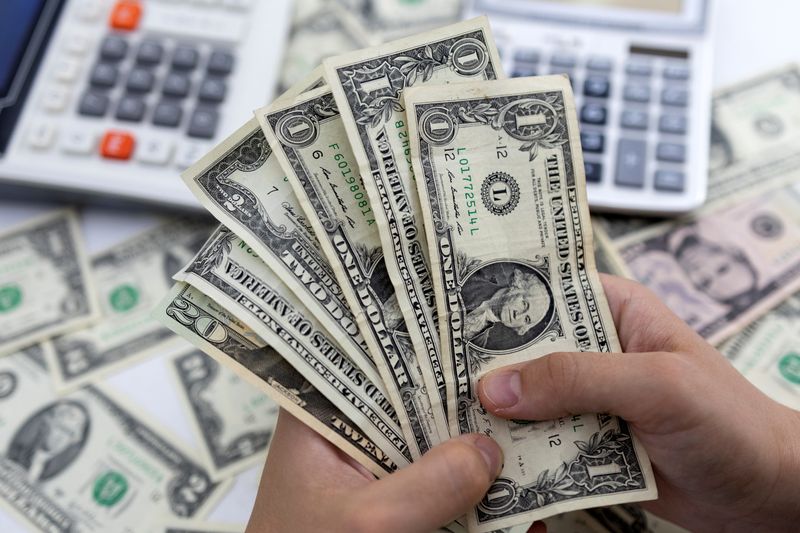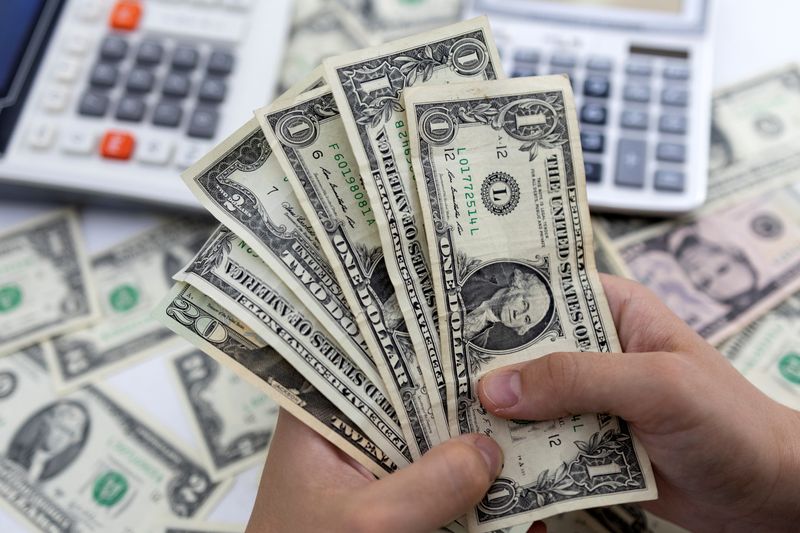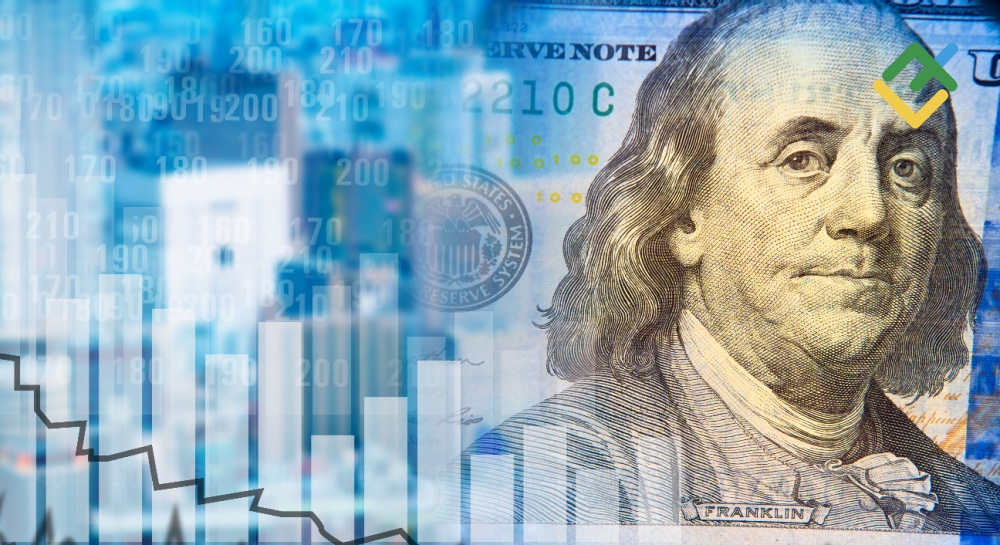
By Tom Westbrook
London (Reuters) -The dollar surrendered some of its overnight gains against the yen on Wednesday, as investors tweaked their positions ahead of a policy meeting expected to initiate a U.S. easing cycle.
The Federal Reserve is expected to make its first interest rate cut in more than four years at 1800 GMT, with markets pricing a 63% probability of a 50 basis point cut.
The dollar has fallen along with U.S. yields since July and at $1.1124 per euro is not far from the year’s low at $1.1201 in anticipation of the U.S. easing at a clip, with more than 100 basis points of rate cuts priced in by Christmas.
The yen, up more than 12% since July, has been surging because the Bank of Japan – which sets policy on Friday – has been hiking rates at the same time as the Fed prepares to cut.
It rose about 0.45% to 141.78 per dollar on Wednesday, recouping about a third of an overnight drop. The yen was down 0.33% to 157.72 per euro.
Elsewhere, the Australian dollar traded at a two-week top at $0.67885, while a rise in milk prices supported the New Zealand dollar at $0.6225, though moves were tentative ahead of the Fed’s meeting. [AUD/]
“I think markets really struggle to find much sense of direction today before the FOMC,” said ING currency strategist Francesco Pesole, referring to the Federal Open Market Committee.
Traders say the Fed’s tone as well as the size of the rate cut will drive the reaction in the foreign exchange market.
“A dovish Fed on a substantial easing path should generally lead to a weaker dollar,” said Nathan Swami, head of currency trading at Citi in Singapore.
But an extremely dovish Fed, Swami said, could end up spooking markets if it seems it anticipates a more ominous downturn in the economy than is expected, and in that case risk-sensitive and emerging market currencies may face headwinds.
On the other hand, the dollar will get a relief rally in case of a 25 bp cut, Pesole said.
But “the move over the next few days and weeks into the U.S. jobs report will depend much more on the press conference and the overall tone,” Pesole noted, with markets remaining quite reluctant to jump back into dollar longs or trim dollars short substantially if the Fed signals they are open to a 50 bp cut later in the year.
“Still, the Fed moving into easing mode will be a drag on the USD in the longer run, regardless of the messaging,” said Shaun Osborne, chief currency strategist at Scotiabank.
U.S. retail sales unexpectedly rose 0.1% in August, data showed overnight, against forecasts for a 0.2% contraction and the Atlanta Fed’s closely-followed GDPNow estimate was raised to 3% from 2.5%, supporting perhaps a case for a smaller Fed cut.
China’s markets resumed trade on Wednesday after the mid-autumn festival break, with the yuan’s trading band fixed at its strongest since January. The currency was steady at 7.0893 per dollar. [CNY/]
Sterling, the best performing G10 currency of the year, gained at $1.3212 with its rally being driven by signs of a steadying economy and sticky inflation. British inflation stood at an annual rate of 2.2% in August, unchanged from July, but price growth in the services sector – closely watched by the Bank of England – picked up, official figures showed.

European inflation fell to 2.2% in August, confirming preliminary figures. All eyes are now on the Fed.
“With markets wagering on 41 bp of cuts, which is a long way from either realistic contender (25 bp or 50 bp), volatility seems almost assured,” analysts at ANZ Bank said in a note to clients.
This post is originally published on INVESTING.




